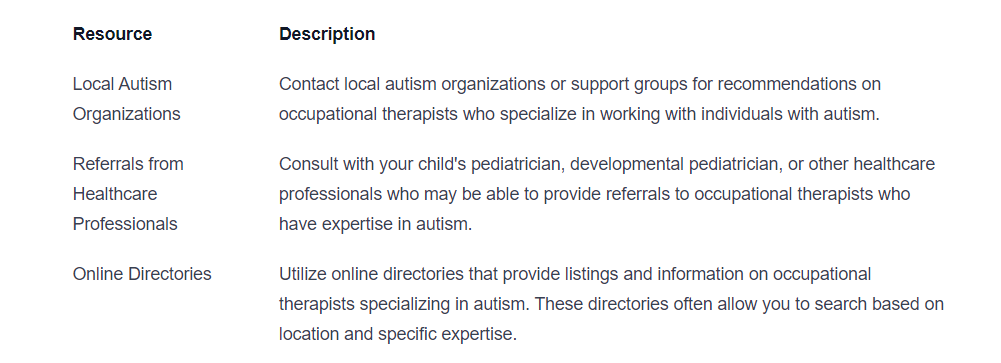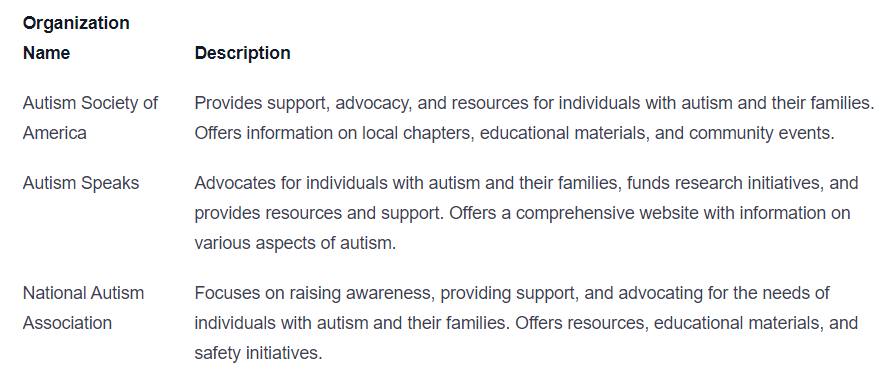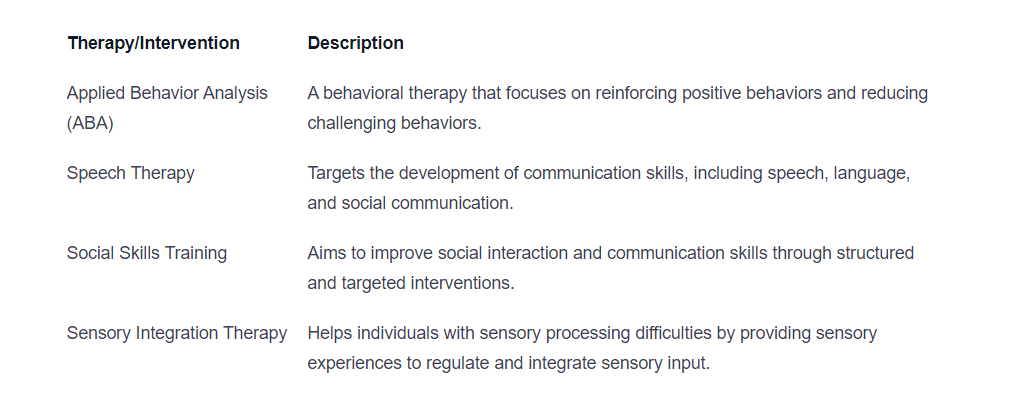A Guide to Occupational Therapy for Autism
Unlock the roadmap to occupational therapy for autism. Discover how it enhances daily living, social skills, and sensory integration. Empower your journey today.

Understanding Autism and Occupational Therapy
To navigate the world of occupational therapy for autism, it's essential to have a clear understanding of what autism is and the role that occupational therapy plays in supporting individuals with autism.

What is Autism?
- Challenges with social interaction and communication skills
- Repetitive behaviors and restricted interests
- Sensory sensitivities
- Difficulties with transitions and changes in routine
The Role of Occupational Therapy in Autism
- Daily living skills: Occupational therapists help individuals develop and improve skills related to self-care, such as dressing, grooming, and feeding.
- Social and communication skills: Occupational therapists work on enhancing social interaction, communication, and play skills, helping individuals with autism establish meaningful connections with others.
- Sensory integration: Many individuals with autism have sensory sensitivities or difficulties processing sensory information. Occupational therapists use sensory integration techniques to help individuals regulate their responses to sensory stimuli and improve their ability to engage in daily activities.
Benefits of Occupational Therapy for Autism
Enhancing Daily Living Skills
Developing Social and Communication Skills
Social and Communication Skills Targeted in Occupational Therapy for Autism
Promoting Sensory Integration
Sensory Integration Techniques in Occupational Therapy for Autism
The Occupational Therapy Process
Initial Assessment and Evaluation
- Medical and developmental history
- Observations of the individual's behavior and interactions
- Standardized assessments to evaluate fine motor skills, sensory processing, and activities of daily living (ADLs)
- Interviews with parents, caregivers, and educators
Goal Setting and Treatment Planning
- Improving fine motor skills for activities like writing, buttoning, and using utensils
- Enhancing social and communication skills for effective interactions and relationships
- Promoting sensory integration and self-regulation to manage sensory sensitivities and challenges
Intervention Techniques and Strategies
- Sensory integration therapy: Helps individuals regulate their responses to sensory stimuli, such as touch, sound, and movement, to improve attention, behavior, and overall functioning.
- Visual supports: Utilizes visual aids, schedules, and cues to enhance communication, organization, and understanding of daily routines and expectations.
- Social skills training: Teaches individuals with autism appropriate social behaviors, communication techniques, and social interaction rules to improve their socialization and relationships.
- Adaptive equipment and assistive technology: Recommends and utilizes specialized equipment or technology to improve independence and participation in daily activities, such as adapted utensils, communication devices, or sensory tools.
Collaborating with Occupational Therapists
Finding an Occupational Therapist

Working with the Therapist
- Open Communication: Maintain open and regular communication with the therapist. Discuss any concerns, progress, or changes in your child's needs that may impact the therapy sessions.
- Active Involvement: Be actively involved in the therapy process. Ask questions, provide feedback, and participate in therapy sessions when appropriate.
- Goal Setting: Collaborate with the therapist to set specific goals for therapy. These goals should be tailored to your child's individual needs and focus on areas such as daily living skills, social interaction, and sensory integration.
- Consistency: Promote consistency by following through with therapist-recommended strategies and techniques at home. This helps reinforce the progress made during therapy sessions.
- Feedback: Provide feedback to the therapist about your child's progress, challenges, and any changes in their behavior or needs. This feedback helps the therapist refine their approach and adjust therapy techniques as necessary.
Involving Parents and Caregivers
- Education and Training: Attend educational sessions or workshops offered by the occupational therapist to learn more about strategies and techniques that can be used at home.
- Consistency in Routine: Collaborate with the therapist to develop consistent routines and strategies that can be implemented at home to reinforce therapy goals.
- Home Environment Modifications: Make modifications to the home environment to support the development of skills targeted in therapy. This may include creating sensory-friendly spaces or organizing materials to promote independence.
- Communication with the Therapist: Maintain regular communication with the therapist to share updates, concerns, and progress observed at home. This ongoing dialogue ensures that therapy goals remain aligned with the child's needs.
Additional Resources and Support
When it comes to navigating the world of, there are various resources and support available to help you along the way. Whether you're seeking additional information, looking for support organizations, or exploring other therapies and interventions, these resources can provide valuable insights and guidance.
Support Organizations for Autism

Further Reading and Research

Other Therapies and Interventions for Autism

Sources
https://www.usa.edu/blog/occupational-therapy-for-autism/
https://www.crosscountry.com/blog/occupational-therapy-approaches-for-students-with-autism
https://www.abacenters.com/occupational-therapy-for-autism/
Similar articles
We’re here to help you

Our team is here to assist you in this process. Contact us for any assistance.
it’s easy to apply
We Accept Most Insurances
Our in-network insurance partnerships make ABA therapy more accessible to families throughout our service areas.







Our Insurance Process
We'll request your insurance details to help us verify your plan's coverage for ABA therapy. Once we've received this information, we'll walk you through your benefits, including copayments, deductibles and out-of-pocket maximums, so you know what to expect in advance.
Our team will then handle the preauthorization and all the necessary paperwork.
.svg)





















.jpeg)


































.jpeg)




.jpeg)







.jpeg)











.jpeg)
















